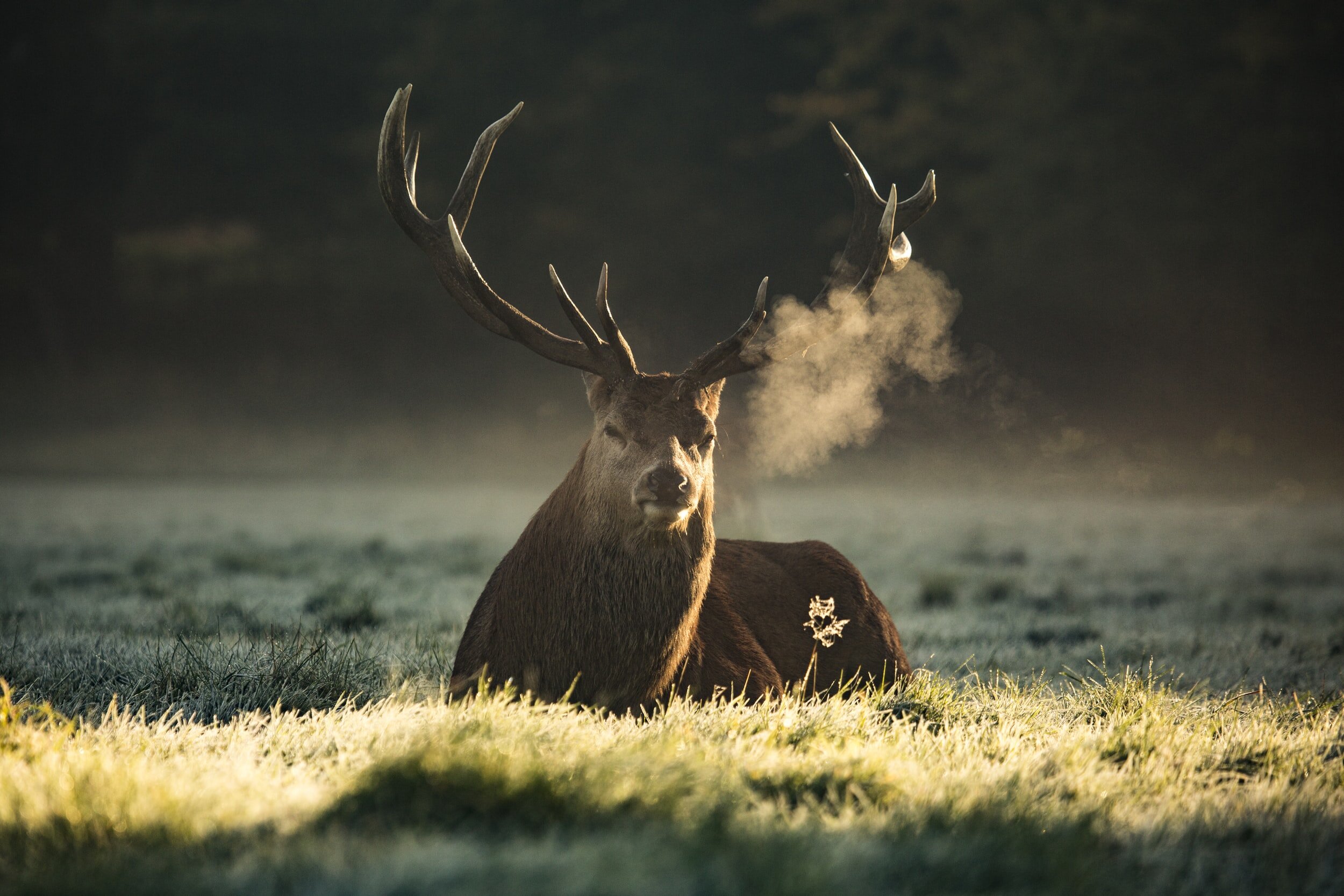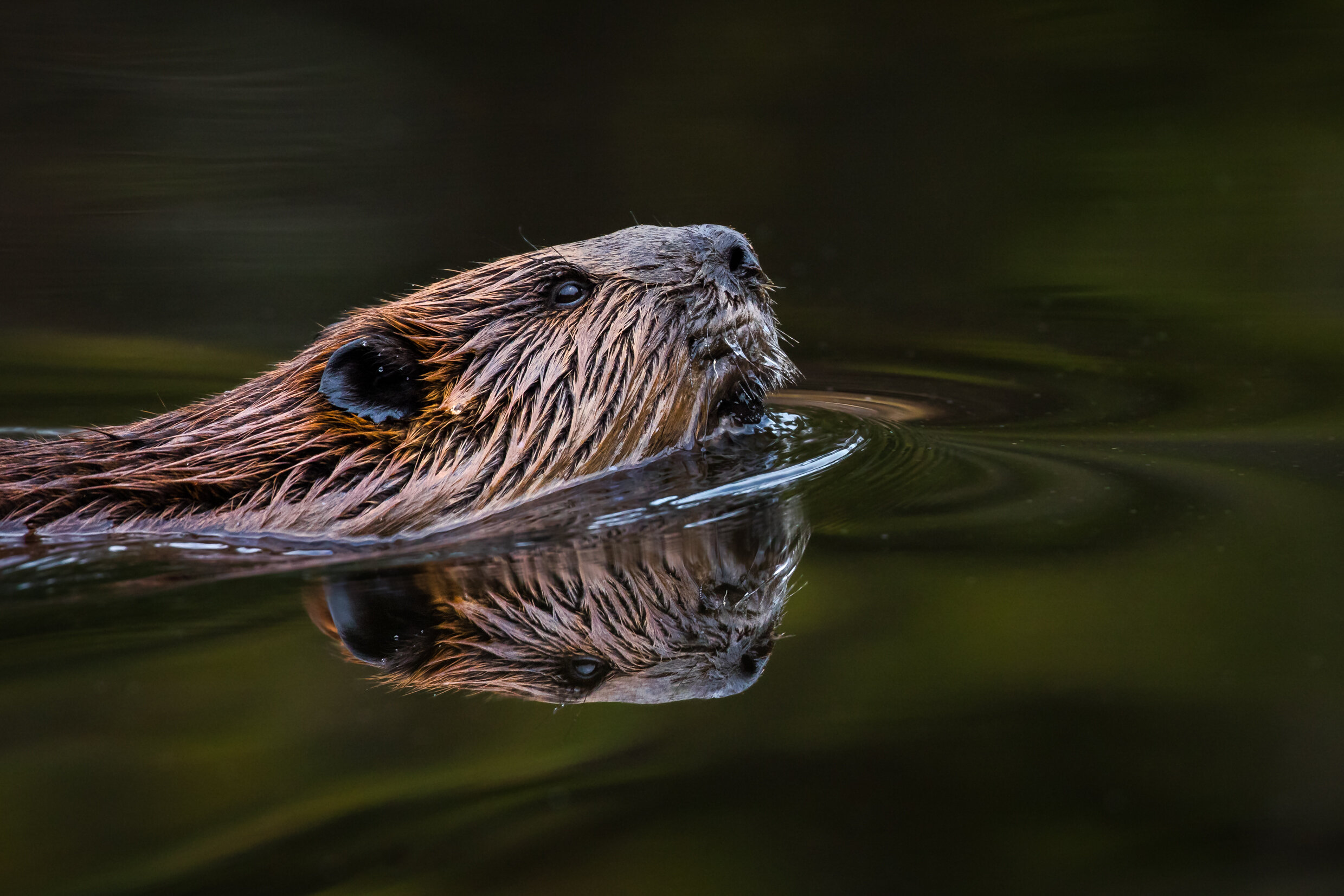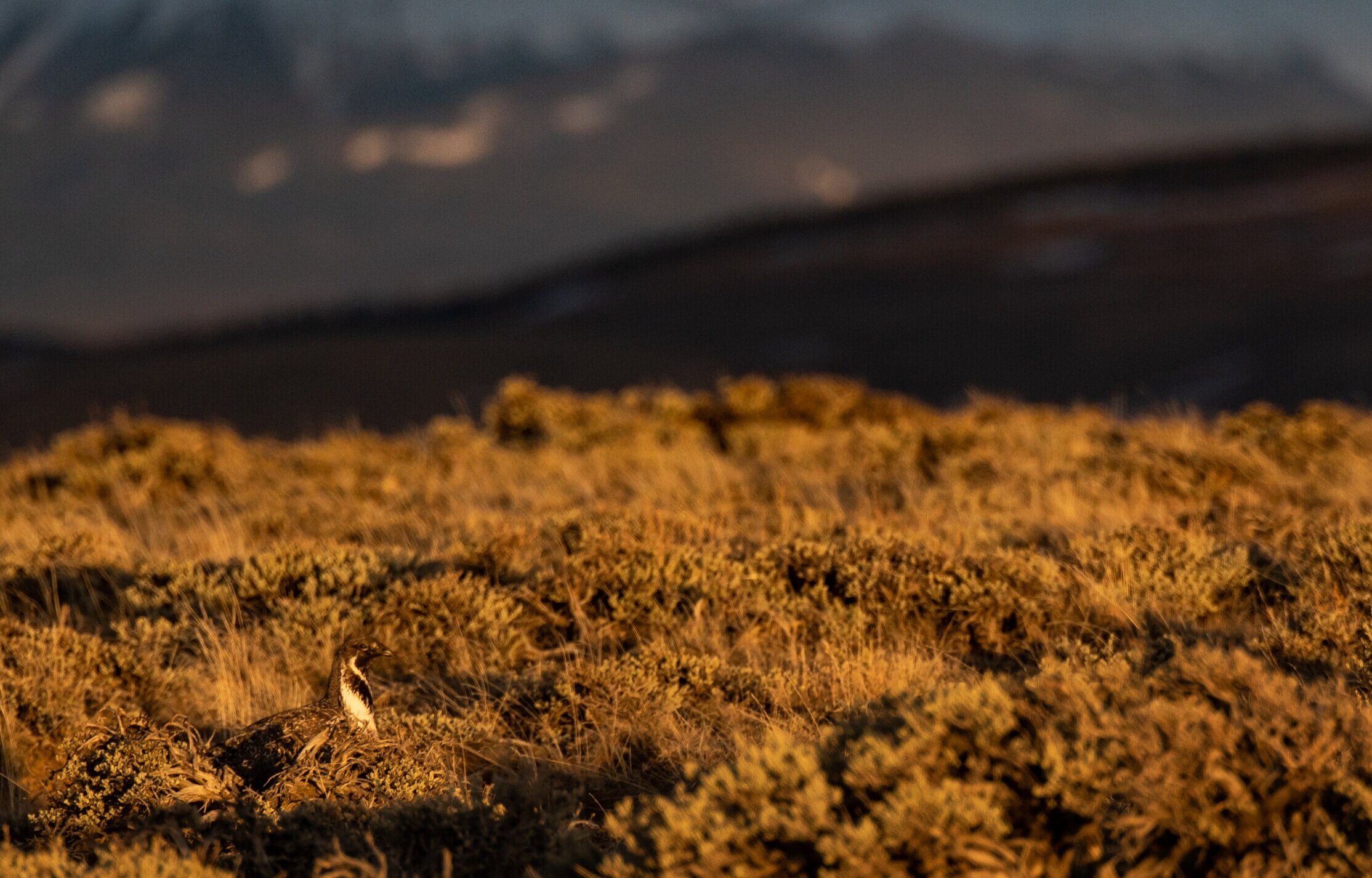
Protecting Wildlife Habitat
As the Central Oregon population grows, recreation and development are stressing wildlife populations and impacting fragile ecosystems.
—
Land use policies are in place to protect important wildlife habitat
—
We work to make sure those policies are upheld & continue to advocate for stronger habitat protections.

Central Oregon is celebrated for its wildlife
Golden eagles soar over Smith Rock while Osprey hunt in the open waters of Crane Prairie. Mule deer and elk trace familiar patterns along the Cascade Range as they migrate along the same paths year after year. Steelhead travel up the corridors of the Deschutes River and the famed Bull Trout hides in the deep pockets of the Metolius.
The region’s growing population, increased recreation activity, and development footprint are putting wildlife under pressure. We work to protect wildlife habitat by stopping the fragmentation of migration corridors, monitoring the cumulative impacts of development, and protecting natural areas.
We preserve the region’s wildlife habitat by:
Preventing unlawful development from fragmenting critical winter range and migration corridors
Carefully monitoring the cumulative impacts of development and opposing unnecessary sprawl
Protecting natural areas through legislative advocacy and policy analysis
Wildlife Inventory Update
Deschutes County’s last Wildlife Inventory was conducted in 1991. In the 30 years since, Central Oregon has undergone immense change, and our wildlife populations have felt the pressure. The Oregon Department of Fish and Wildlife reports that mule deer herds in Deschutes County have declined 55% since 1998.
But there is good news. In 2023, Deschutes County will look at this research and commit to updating its Wildlife Inventory. We support land use planning and decision-making based on the best available science and most up-to-date research regarding our region’s wildlife populations.
The Bend to Suttle Lake Wildlife Passage Initiative
Highway 20 is one of the primary transportation routes over the Cascades between Deschutes County and the population centers of the Willamette Valley. Oregon Department of Transportation data highlight the stretch of highway between Bend and Suttle Lake as a “hotspot,” having one of the highest densities of wildlife-vehicle collisions in the entire state.
To address wildlife and motorist safety concerns, the Bend to Suttle Lake Wildlife Passage Initiative is working to identify and assess potential locations for one or more wildlife passage projects.
Wildlife Updates








